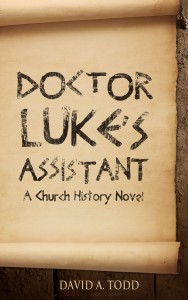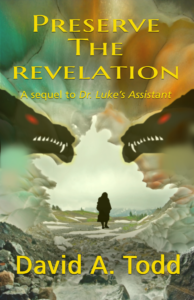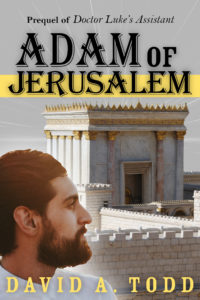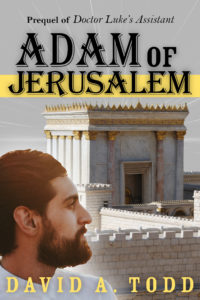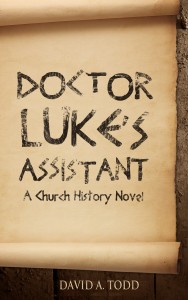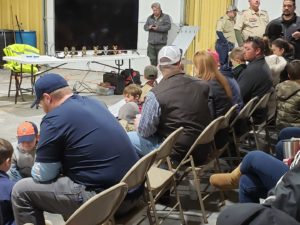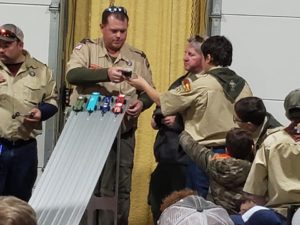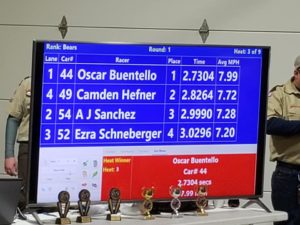Dateline: Sunday, 3 May 2020

Well, after saying in my last post that I was about to re-start life, I find that more difficult to do than I expected. Why? Because of a heavy to-do list coupled with uncertainty, leading to unsettledness, leading to being overwhelmed by the forest and not being able to see the trees.
Where do I start, and how much do I say? I can get a lot done so long as I have a good to-do list
and a schedule. Even a long to-do list doesn’t put me off. What does put me off is lack of a schedule. Got 20 things to do? No problem; I’ll just schedule them. But when I can’t schedule them I have no idea what to do next. I get perplexed and flustered. The forest overwhelms me.
Part of the problem may be simple tiredness. On Saturday I did my usual tackling of to-do items. Trading accounting, checkbook, budgeting, and filing all went quickly. I got to work on decluttering, moving two large cabinets in the storage room, organizing things to remain for better placement on shelves, identifying more things to be discarded. I also spent 20 or 30 minutes shredding old work papers. Oh, yes, I also worked in the yard for an hour and a half, hauling an old wood pile back into the woods and pulling weeds from the rock yard. All this was sandwiched between three loads of laundry. With Lynda still convalescing I didn’t want to leave that to her.
So, by the end of the day I was beat. I sat out on the deck, trying to read but unable to concentrate. The day was hot (85 degrees) and that took its toll. I came inside with a few things to do but couldn’t do them. I wanted to take a walk but couldn’t do it because…
…I was waiting on a woman to come to buy the rocking horse I had put up for sale on Facebook marketplace. She contacted me Thursday saying she wanted it. Friday we made arrangements for her to come Saturday afternoon. I didn’t want Lynda to have to handle it, so I put off my walk. She didn’t come, didn’t message me. I did mindless things for two hours before messaging her asking where she was. She couldn’t come, she said, having been called in to work; could she come on Sunday? Sure, I replied, but I need to know when. She would message me 30 minutes before she would arrive. That was okay by me. My walks never take me more than 20 minutes from the house if I had to get back quickly.
So I fixed supper, worked on a jigsaw puzzle. I was out of energy. So much I could have accomplished in the time I was waiting on her. If she had just messaged me to say she needed to put it off a day I could have restructured my day, gotten my walk in, been able to rest comfortably, and not felt so unsettled for the sake of a $30 used rocking horse.
Ah, well, such is life. I did manage to spend a little time preparing to teach Life Group on Sunday. I also had just enough presence of mind to type edits on my novel-in-progress. Tomorrow I hope to get back to it. Except there’s an eye doctor appointment for Lynda, picking up an old computer of mine that’s been refurbished that I’m going to give to a retired missionary, stock trading, contacting a man about a roof, etc. At least I’m not going to worry about the horse. If she comes for it, fine. If not I’ll renew the ad and hope someone else sees it.
Meanwhile, time to fix supper and back to the jigsaw puzzle.
